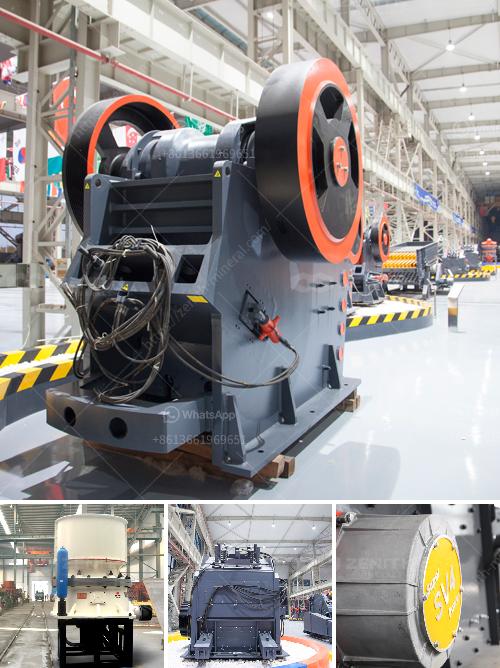Grinding phosphate in a ball mill involves several steps. Here’s a basic overview:
Feed Preparation: The phosphate rock is initially crushed to a size that can be fed into the ball mill. This usually involves primary and secondary crushing stages to reduce the size of the rocks.
Grinding Media: The ball mill is partially filled with steel or ceramic balls, which act as the grinding media. The size and material of the balls depend on the desired fineness of the final product.
Ball Mill Operation:
Separation: The finely ground phosphate is typically separated from the grinding media using a screening or air classification system. The fine particles are then collected for further processing or use.
Cyclone and Dust Collection: Sometimes, mills are equipped with cyclone separators and dust collection systems to capture fine particles and prevent dust emissions.
By adjusting these parameters, operators can achieve the desired particle size and optimize the efficiency of the grinding process.
